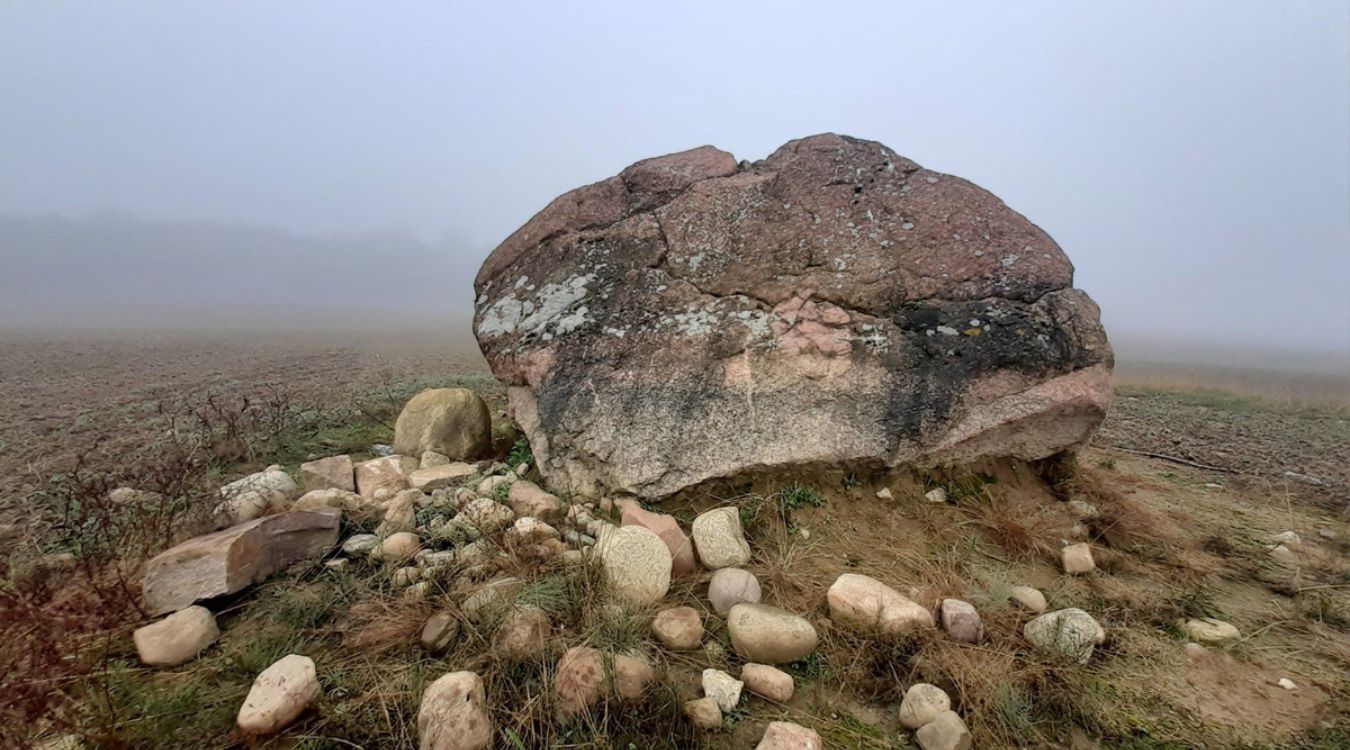Secrets Of Halibut Point’s Glacial Boulders

Have you ever wondered about the glacial boulders at Halibut Point? These massive rocks have a story that dates back thousands of years. Formed during the last Ice Age, they were carried here by glaciers. As the ice melted, these boulders were left behind, creating the unique landscape we see today. Walking among them feels like stepping back in time. Each boulder has its own shape, size, and texture, making every visit a new adventure. Whether you're a geology enthusiast or just love nature, Halibut Point's glacial boulders offer a fascinating glimpse into Earth's ancient past.
The Enigmatic History of Halibut Point
Halibut Point State Park, located in Rockport, Massachusetts, is a treasure trove of natural wonders and historical intrigue. One of its most fascinating features is the presence of glacial boulders scattered throughout the landscape. These massive stones tell a story of ancient ice sheets and geological transformations. Let's uncover the secrets behind these glacial boulders.
The Formation of Glacial Boulders
Understanding how these boulders came to rest at Halibut Point requires a journey back to the Ice Age. Glaciers, massive rivers of ice, once covered much of North America. As they moved, they picked up rocks and debris, carrying them over great distances. When the glaciers melted, they left behind these colossal stones.
The Great Ice Sheet: Thousands of years ago, a vast ice sheet covered the region. As it advanced and retreated, it sculpted the landscape, leaving behind boulders that we see today.
Erratics: These boulders are known as glacial erratics because they are composed of rock types not native to the area. They were transported from distant locations by the moving ice.
Moraine Deposits: Some boulders were deposited in moraines, which are accumulations of glacial debris. These formations provide clues about the glacier's path and melting patterns.
The Geological Significance
The glacial boulders at Halibut Point are not just random rocks; they hold significant geological importance. They offer insights into the Earth's history and the processes that shaped our planet.
Rock Composition: By studying the composition of these boulders, geologists can determine their origin. Some may have come from as far away as Canada, providing evidence of the glacier's reach.
Striations: Many boulders exhibit striations, or grooves, caused by the grinding action of the glacier. These markings reveal the direction of the glacier's movement.
Weathering Patterns: Over time, these boulders have been exposed to the elements, leading to unique weathering patterns. These patterns help scientists understand the region's climate history.
The Ecological Impact
The presence of glacial boulders has also influenced the local ecosystem. These stones create microhabitats that support a variety of plant and animal species.
Lichen and Moss: The surfaces of the boulders are often covered in lichen and moss, which thrive in the moist, shaded conditions provided by the stones.
Shelter for Wildlife: Small animals, such as chipmunks and insects, use the boulders for shelter and nesting sites. The crevices and gaps between the stones offer protection from predators.
Plant Diversity: The boulders create pockets of soil and moisture, allowing a diverse range of plants to grow. This diversity contributes to the overall health of the ecosystem.
Exploring Halibut Point's Glacial Boulders
Visitors to Halibut Point can explore these ancient stones and appreciate their beauty and significance. Several trails and viewpoints offer opportunities to see the boulders up close.
Babson Farm Quarry: This historic quarry is surrounded by glacial boulders, providing a stunning backdrop for a hike. The quarry itself is a testament to the area's geological history.
Ocean View Loop: This trail offers panoramic views of the Atlantic Ocean and passes by several impressive boulders. It's a great way to experience the park's natural beauty.
Rockport Granite: Some of the boulders at Halibut Point are composed of Rockport granite, a type of stone that has been quarried in the area for centuries. These boulders connect the park's natural history with its human history.
Halibut Point's glacial boulders are more than just rocks; they are storytellers, revealing the secrets of our planet's past. Whether you're a geology enthusiast or simply enjoy a scenic hike, these ancient stones are sure to captivate your imagination.
Discovering Halibut Point's Glacial Boulders
Halibut Point's glacial boulders offer a unique glimpse into Earth's ancient past. These massive rocks, scattered across the landscape, tell stories of glaciers that once carved their way through the region. Walking among these boulders, you can almost feel the power of nature that shaped them. The park's trails provide easy access to these natural wonders, making it a perfect spot for both casual hikers and geology enthusiasts. Whether you're there to learn about the geological history or simply to enjoy the stunning coastal views, Halibut Point has something for everyone. Don't forget to bring a camera to capture the beauty and history of this remarkable place. A visit to Halibut Point is not just a walk in the park; it's a journey through time, offering a deeper appreciation for the natural forces that have shaped our world.

